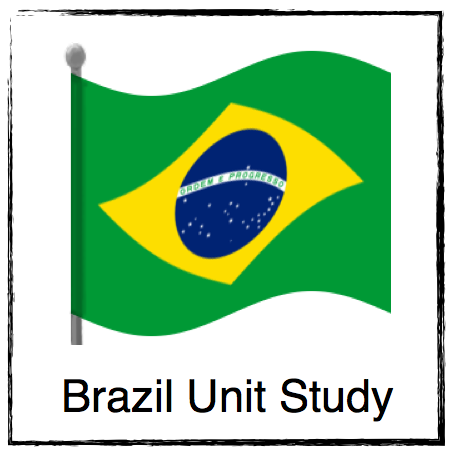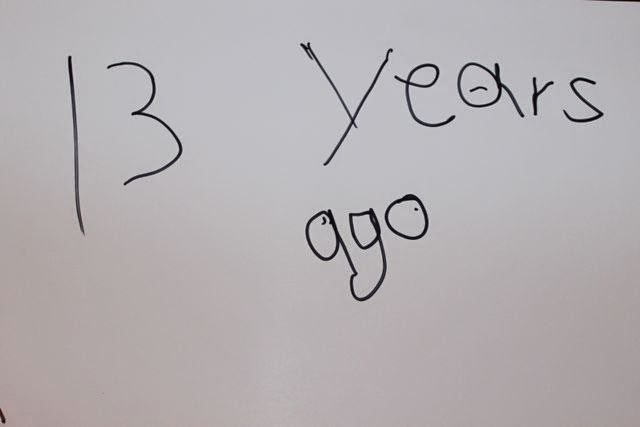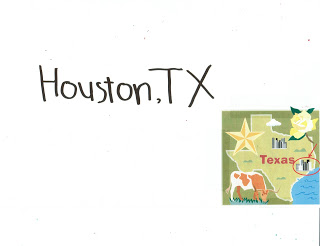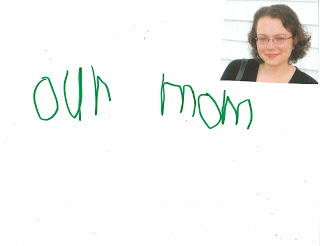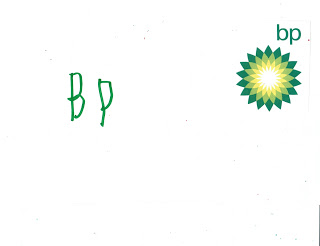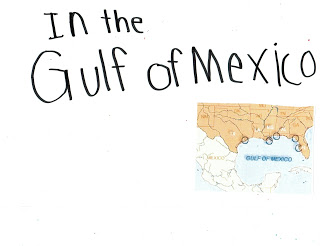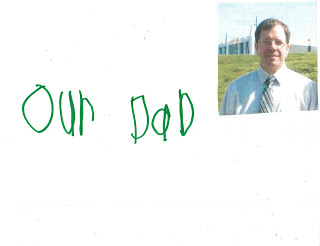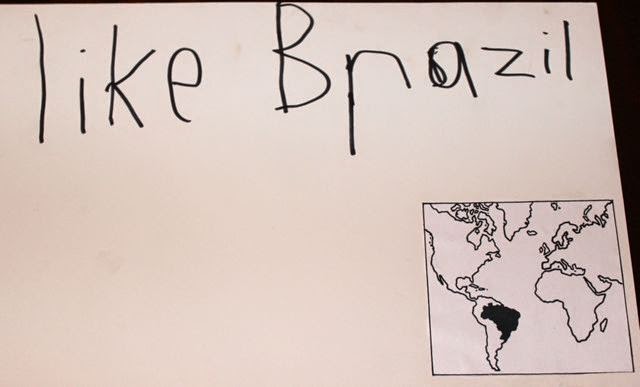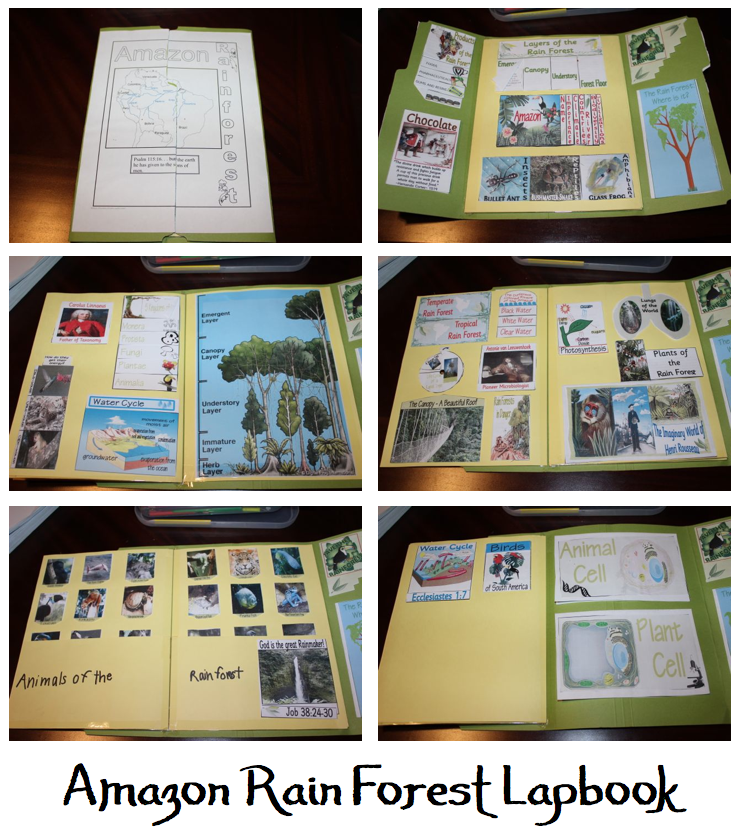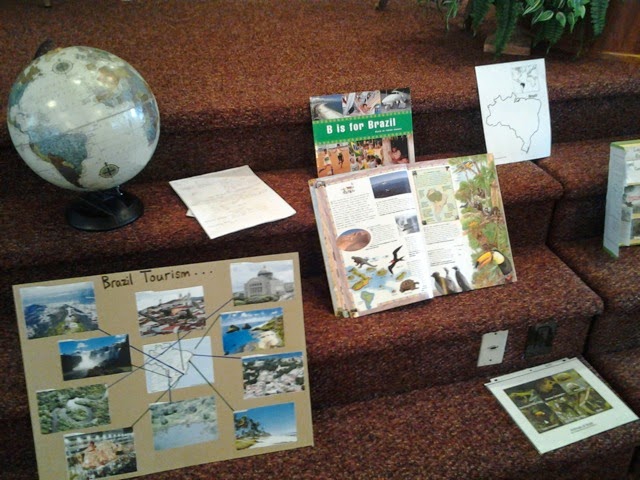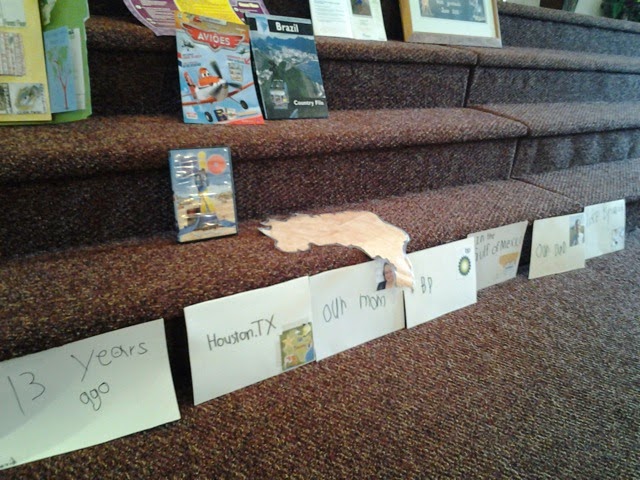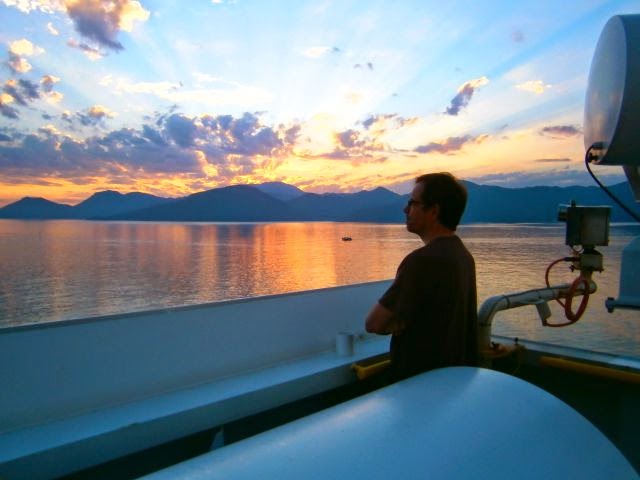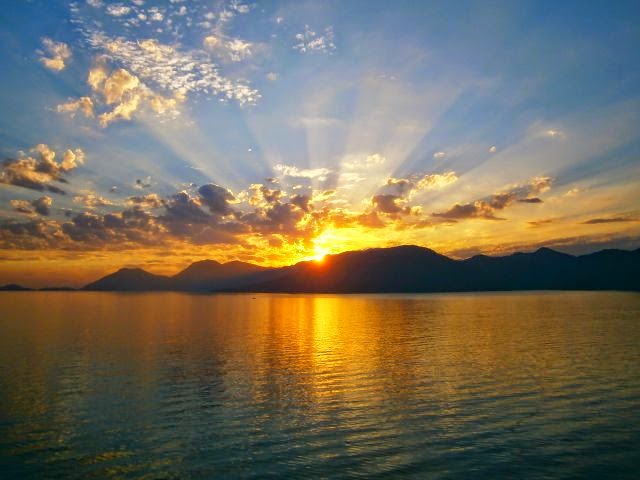who has since worked in many more lands far, far away…
For the past couple of years, my husband has worked in the Atlantic Ocean off the coast of Brazil on a drillship called the Corcovado, which means “hunchback” in Portuguese. The drillship is named after Corcovado Mountain in Rio de Janeiro, Brazil, and is known worldwide for the ~125-foot statue of Jesus atop its peak, the “Christ the Redeemer” statue.
During previous years, we had memorized the shape and location of Brazil and created a humongous South America puzzle map from YourChildLearns MegaMaps, which we used during our family presentation in our homeschool group to show everyone what Brazil looks like and where it’s located.
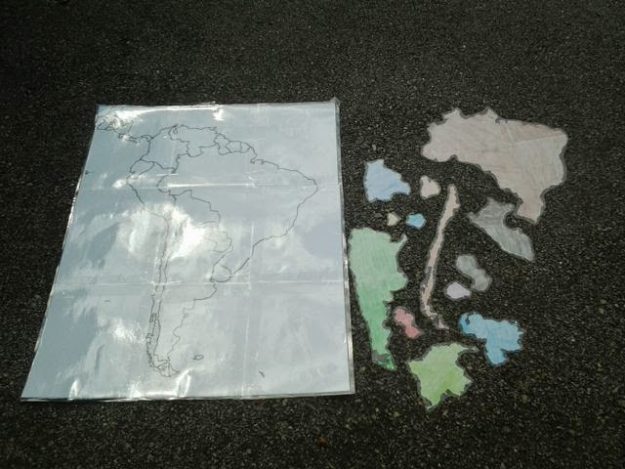
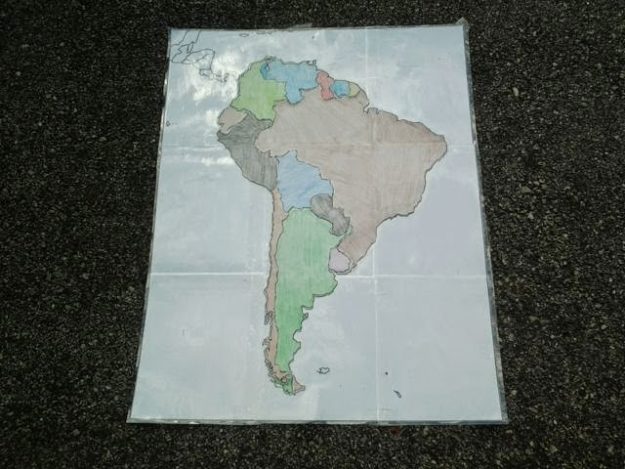
In Brazil, the seasons are opposite ours. One result of this is that when our clocks spring forward due to daylight savings time, theirs falls back. So… depending on what season it is, he may be 4 hours ahead of us or 2 hours ahead of us.
Although most of what we used for our family presentation were things we already had on hand, we made a few extras as we studied where daddy works in greater depth, like a Brazil tourism map…
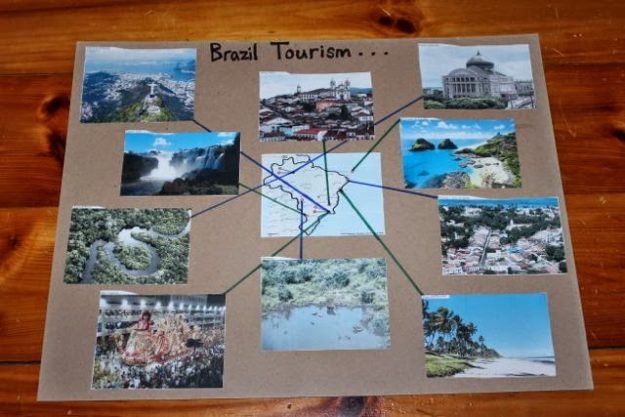
and Brazil Flag Coloring Sheets.
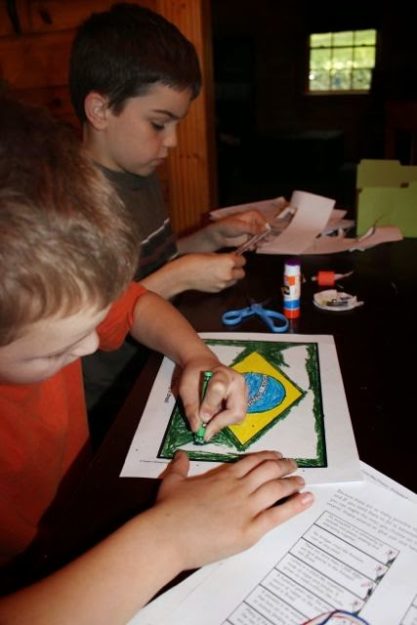
Gary provided a glimpse of what it’s really like in Brazil, since touristy photos rarely depict true-life scenarios. Gary also taught everyone how to say hello, goodbye, please, thank you, and you’re welcome in Portuguese.
- Hello – Olá – oh-la or Oi – oy (informal)
- Goodbye – Adeus – ah-deuzh (formal) or Tchau – ch-ow (informal.)
- Please – Por favor – Pooh-r fah-voh-r
- Thank you – Obrigado – Oh-bree-gah-dooh (if you are male) or Obrigada – Oh-bree-gah-dah (if you are female)
- You’re welcome – De nada – Dee nah-dah (informal)
While Levi enjoyed using his wikki-stix to make the letter B for Brazil…
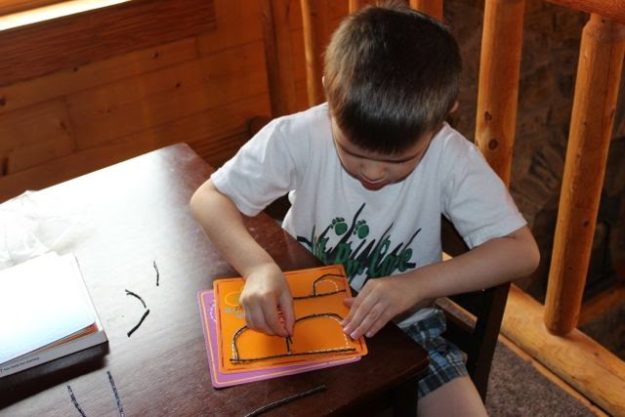
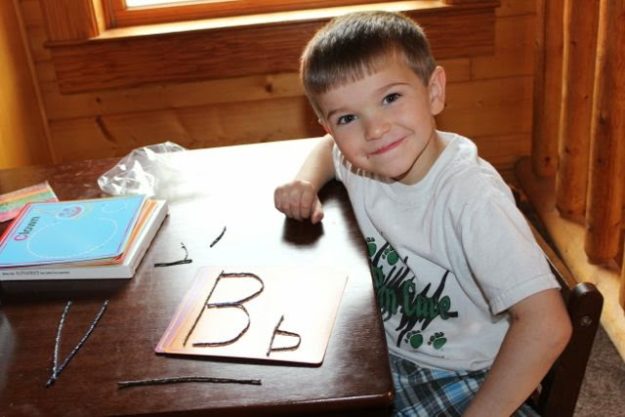
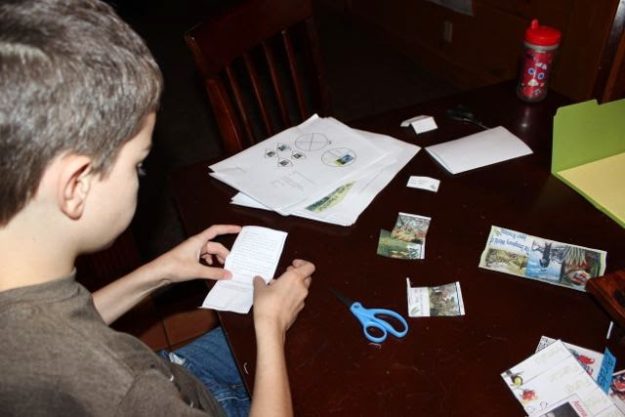
Facts and Features (at the time of our study):
- 90% of the people live on 10% of the land
- The Amazon River is the 2nd longest river in the world at 4,000 miles long. However, it is the largest river by volume.
- 20% of the water flowing into the ocean comes from the Amazon.
- 1st European Explorer to find the river noticed fresh water 200 miles out to sea.
- It rains approximately seven feet per year in the Amazon Basin.
History:
- Portugal claimed Brazil as a colony in 1500, even though it was already inhabited by Native South Americans. But “When Napoleon threatened the Portuguese empire…” {insert memory work sentence from Cycle 1 here.}
- Colonists bought slaves but in 1888, slavery was abolished, and it was an independent monarchy until 1889 when Brazil became a republic.
We enjoyed sharing with our classical homeschool community all of the resources, books, and trinkets we’ve collected as Gary has worked in Brazil.
And… here are a few photos of what it’s like to work on a drillship off the coast of Brazil…
I guess it’s not so bad now, is it?
(But I think he still misses us, anyway!)
Resources we used for this study:
Free Amazon Unit Study and Lapbook
Free Amazon Animals Study and Lapbook Components
South America Megamap from YourChildLearns
Brazil Top 10 Tourist Attractions
Expedition Earth: Discovering God’s Animals
B Is for Brazil (World Alphabets)
Wikki Stix Alphabet Fun Cards for Learning

